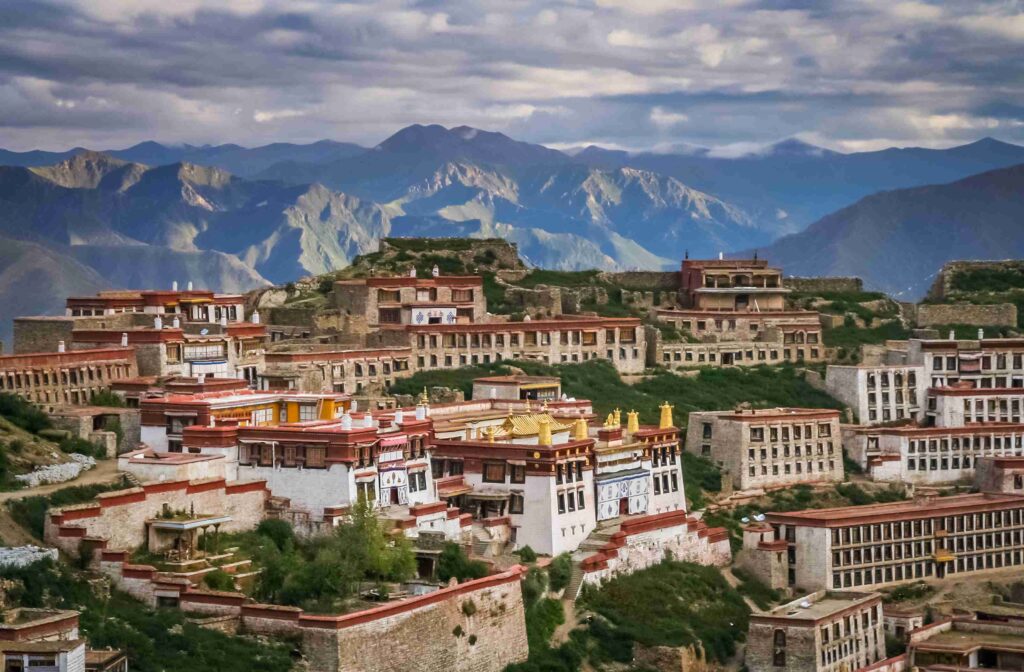Lhasa, Tibet – Travel Tips
Category
Categories
Popular Articles

Overview of the Destination
Lhasa, the capital of the Tibet Autonomous Region, holds an unparalleled mystique and untamed beauty that captivates the hearts of travelers from around the globe. Known as the “City of Sunshine” for its annual sunshine duration, it is renowned for its majestic landscapes and rich cultural heritage. The city boasts a number of historical sites, including the iconic Potala Palace and Jokhang Temple, and is the spiritual home for Tibetan Buddhists. Breathtaking views, mesmerizing monasteries, and a deeply spiritual culture make Lhasa an essential visit on any Tibetan journey.
Best Time to Visit
April to October is considered the best time to visit Lhasa due to comfortable temperatures and limited rain. Summer (June-August) is the peak tourist season when the weather is warm and oxygen content is relatively higher. For those wishing to attend Tibetan festivals, the Shoton Festival in August is a grand spectacle. Traveling in the off-season, November to March, means fewer crowds and better deals on accommodations, but be prepared for colder temperatures.
Climate & What to Pack
Lhasa experiences a high-altitude semi-arid climate, with mild summers and cold winters. Temperatures can fluctuate quite a bit between day and night, so it’s important to pack layers including warm clothing like fleeces or down jackets, comfortable walking shoes, hats, and sunglasses. Sunscreen, lip balm, and a good moisturizer should be on your list too due to high UV levels and dry air.
Getting There
Lhasa Gonggar Airport is the nearest major airport, 62 kilometers from the city. You can take a shuttle bus, taxi, or private car service from the airport to the city. Entering Tibet, however, requires a little bit more planning with strict regulations in place. All foreign tourists must apply for a Tibet Entry Permit, which should be arranged through a registered travel agency.
Getting Around Locally
While the city center is walkable, public buses and taxis are available for longer distances. Renting a bike is also an option. Renting a car is typically done with a driver due to local regulations. Note that while the area is generally safe, avoid traveling alone at night and always respect local customs and religious sentiments.
Safety Tips
Lhasa is generally safe but you should always exercise standard precautions. Avoid political discussions, adhere to photography restrictions at religious sites, and respect cultural etiquette. Avoid isolated areas at night, be wary of potential altitude sickness, and keep your personal belongings secure.
Top Things to Do & See
Immerse in the spiritual aura of Potala Palace, the highest palace in the world and a UNESCO World Heritage Site. Visit Jokhang Temple, the spiritual center of Tibet. Wander through Barkhor Street where you’ll find prayer wheels, traditional Tibetan houses, and street vendors. Lastly, tour monasteries like Sera and Drepung for a deeper dive into Tibetan Buddhism.
Where to Stay
Whether it’s luxury, mid-range, or budget accommodations you’re after, the areas near Barkhor Street and the Potala Palace offer a range of options. Luxury hotels like St. Regis offer stellar services, mid-range options include the House of Shambhala, and budget travelers may consider guesthouses like the Tashi Choeta Boutique Hotel.
Food & Local Cuisine
Tibetan cuisine is hearty and flavorful. Try Tsampa, a staple made from barley flour, or momo (dumplings) filled with yak meat. Traditional tea houses serve butter tea, a unique local beverage. Local etiquette is pretty informal, but it’s considered respectful to accept food with both hands.
Cultural & Practical Tips
The local currency is the Chinese Yuan, with plenty of ATMs in the city. English is not widely spoken, so learning some Mandarin or Tibetan phrases will be helpful. Internet access is available in most hotels and cafes. Electricity is 220V with Type I outlets, so bring a universal plug adapter if needed.
Sustainable or Responsible Travel Tips
Always respect local customs and religion. Carry a water purifier to prevent bottled water consumption and respect photography restrictions, especially in religious sites. Buying locally made crafts and products can support the local economy and preserve traditional skills.
Personal Travel Tip
My personal tip for a first-time traveler is to give yourself time to acclimate to the altitude. Drink plenty of water, avoid strenuous activities for the first couple of days, and soak up the spiritual energy that makes Lhasa a truly special destination to explore.










